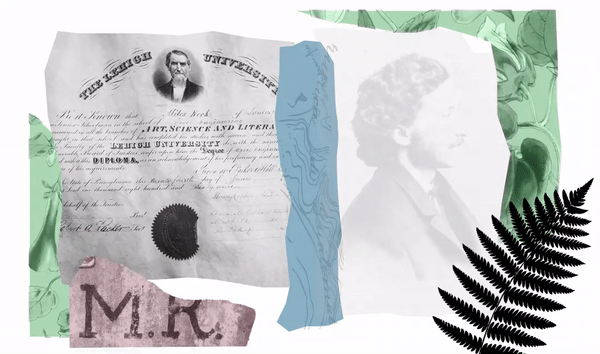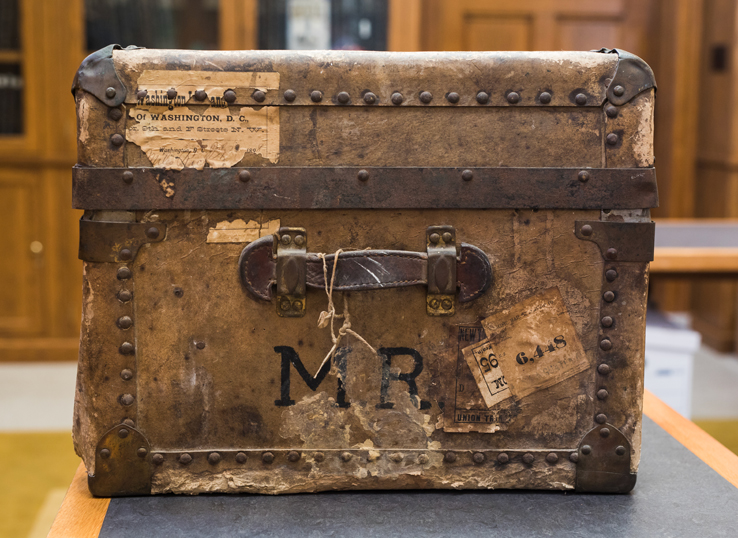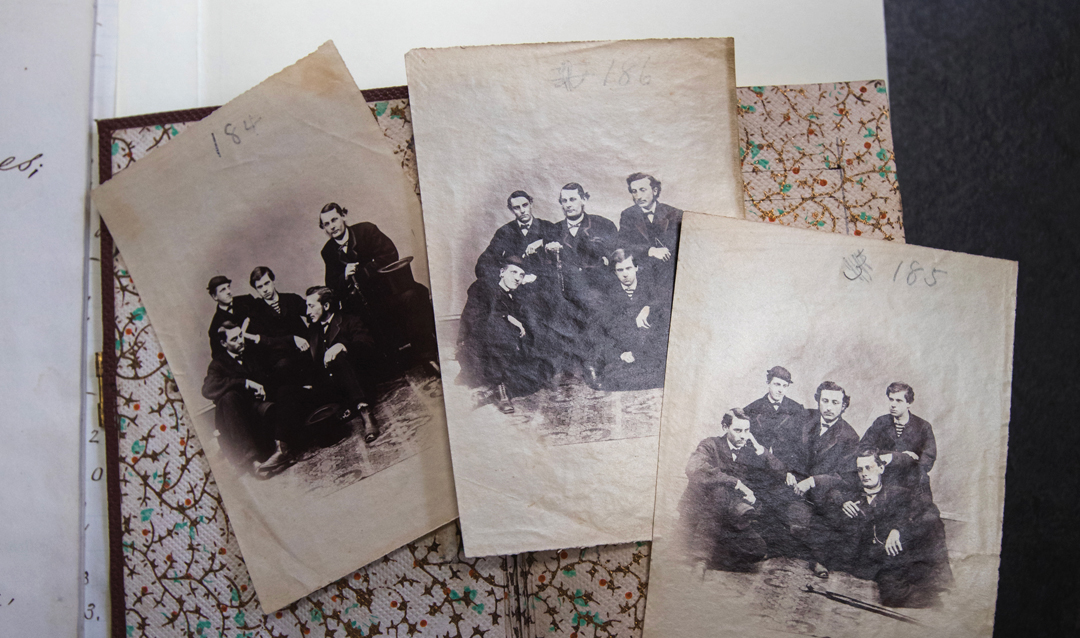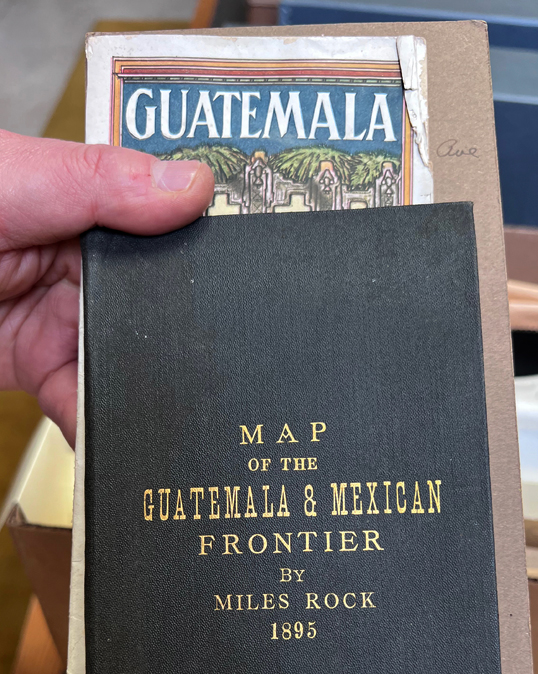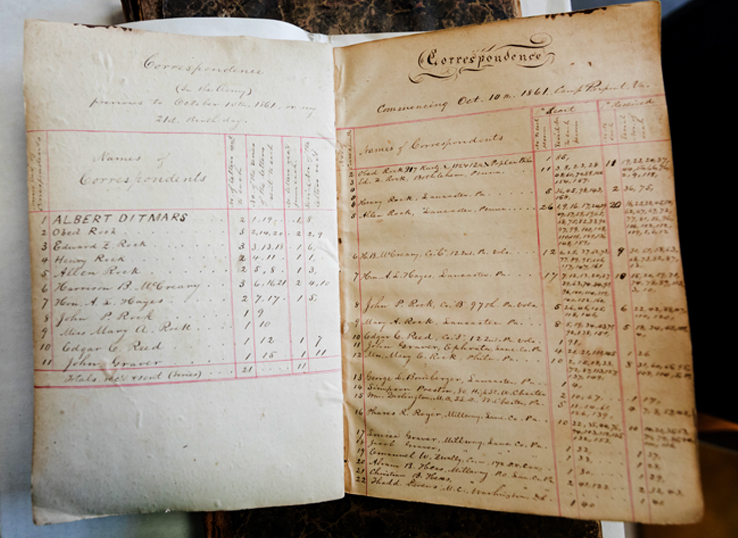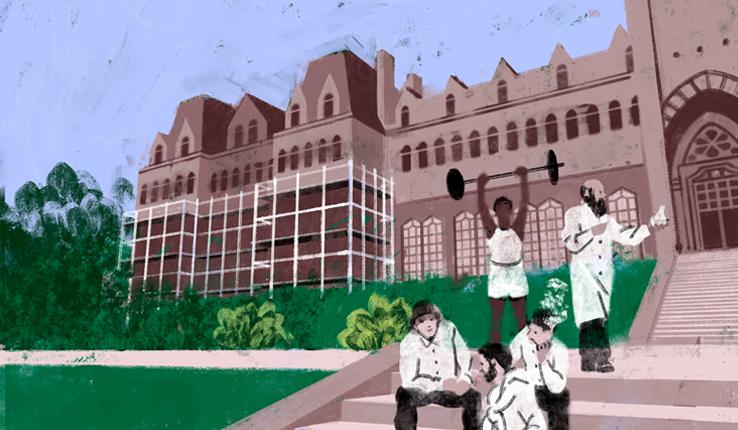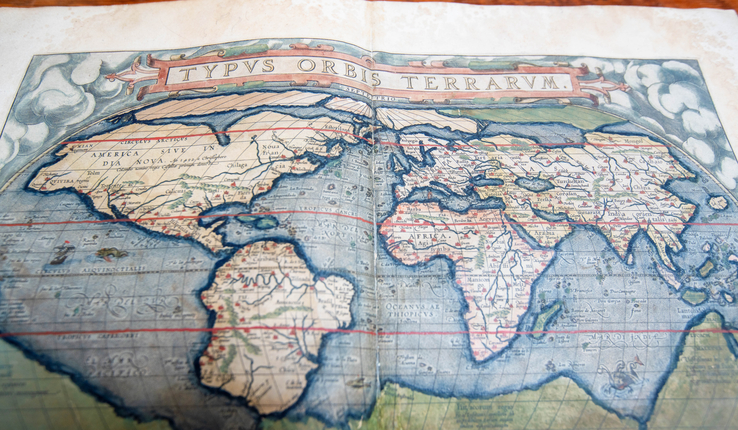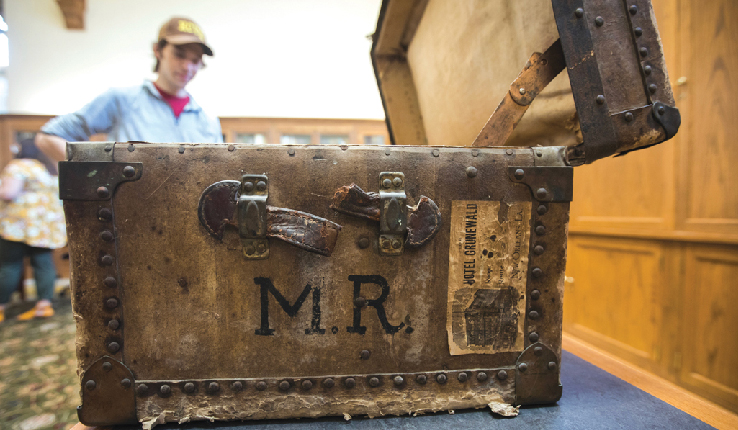Miles Rock’s consequential life is meticulously cataloged in dozens of well-kept journals that still contain the plant clippings he pressed between pages filled with his neat, cursive handwriting. His Civil War uniform, its brass buttons embossed with eagles, is worn, though intact. The letters he wrote from the battlefields to friends and family offer moral advice and observations about 19th-century American life. His finely detailed surveys and maps of Mexico border territory and Guatemala that helped determine the disputed boundary between the countries are folded in a leather-bound book that bears his name and the year 1895.
Miles Rock—an intrepid naturalist, civil engineer, astronomer and Civil War soldier—was one of five men who composed Lehigh’s first graduating class, the Class of 1869. Born in Pennsylvania, his life journey began in the farmlands of Lancaster County, continued through the Civil War, included time in the 1st Pennsylvania Reserve Volunteer Corps and U.S. Signal Corps, and led to a distinguished career that took him throughout the Americas to the West Indies, Guatemala and elsewhere.


